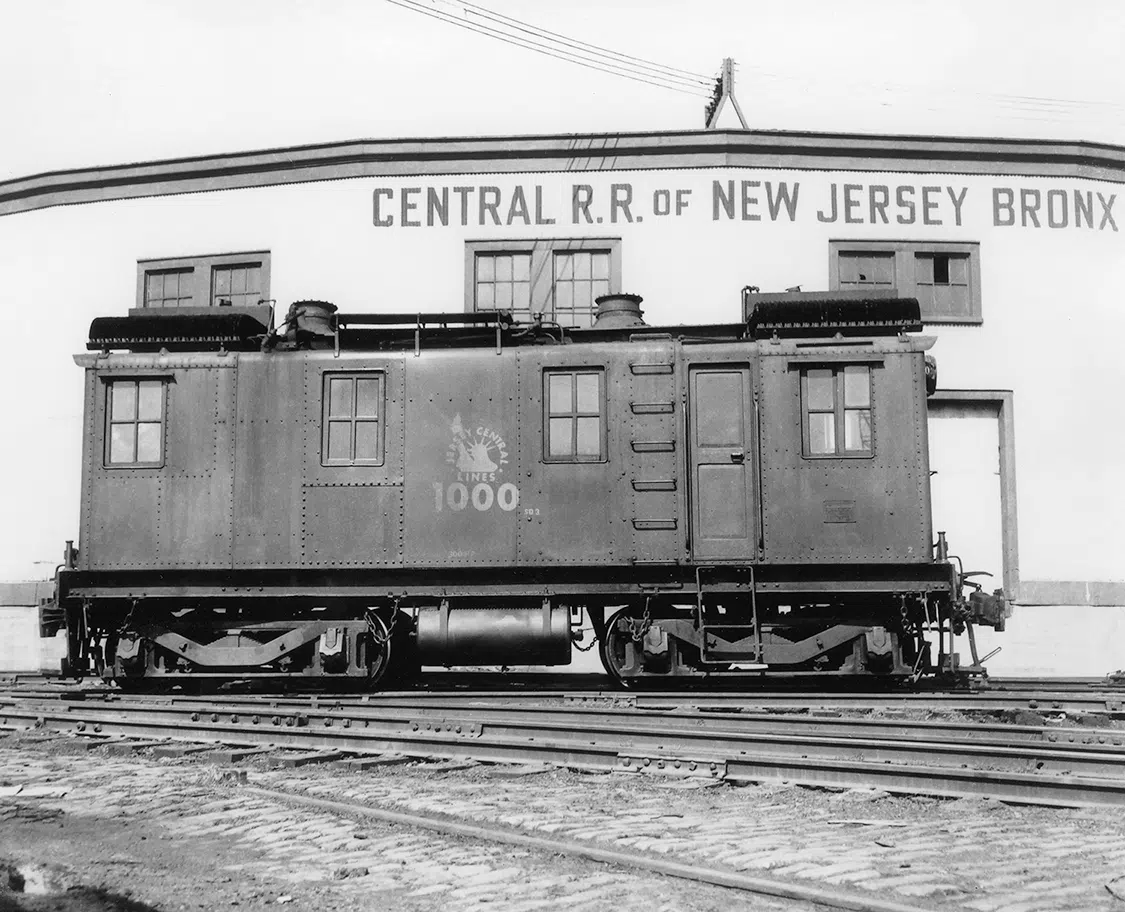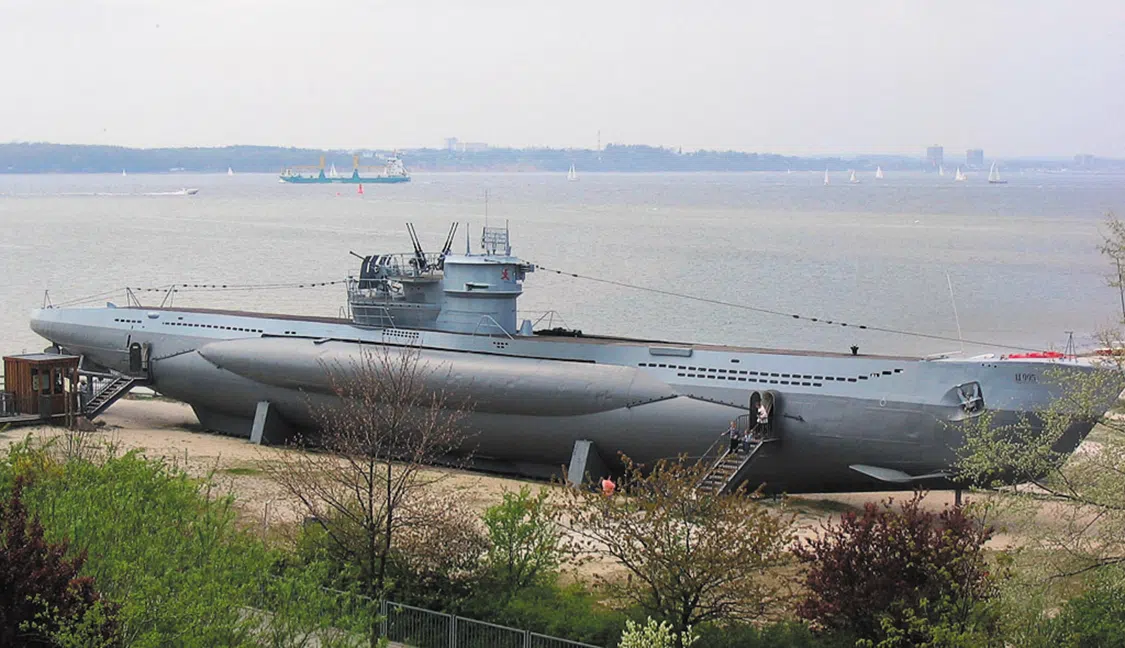 JON DANIELS
.
September 03, 2024
.
Diesel World
JON DANIELS
.
September 03, 2024
.
Diesel World

With the foundation of diesel engines and who waswere responsible for them established in the May issue, Diesel World continues the deep dive into diesel history.
Understanding just the very beginning leaves quite the gap of information from then—until now. Here, we pick up from where we left off with Mr. Rudolf Diesel and his invention, finding ourselves looking at possibly the most important evolution of the diesel engines—: the integration of the engine into a variety of industries, such as transportation, commercial shipping, and even war machinery.


Rudolf Diesel’s patent on his diesel engine expired in 1908, opening the door for anybody to take the design and innovate upon it. A plethora of engineers and inventors took the design and started implementing them into all sorts of applications almost immediately. In 1912, the French company Anglo-Saxon Petroleum Co. launched the first diesel powered ocean-going vessel, the Vulcanus. The ship was a tanker that sailed in the Far East, powered by a 6-cylinder reversible engine producing 450hp at just 180-rpm with a stroke of 600mm. The ship used 40% resources when compared to its steam-based competitors, consuming “just” two tons of oil versus 11 tons of coal, which helped fuel the explosion of diesel usage in commercial vessels across the world.


Benz & Cie, who we know as Benz & Daimler or Mercedes Benz, introduced the first diesel-powered pickup truck in 1923, forever changing the landscape of both consumer and commercial on-road transportation. It could achieve 45hp at 1,000-rpm and used 86% less fuel compared to its gasoline-based counterpart. While it may seem like hilariously low numbers by today’s standards, this was something unheard of, allowing a 5-ton load to be carried much more efficiently and easily than anything previously known.


Another important innovation was the usage of diesel engines in diesel-electric locomotives in America. General Electric (GE) combined diesel engines with electric motors in 1917, finding that this combination allowed for the diesel engines to sip on fuel while turning an alternator that powered the electric motors for a very long time. However, it wasn’t until the early 1920s that this setup was adopted into locomotives, as the government mandated it for all rail yards in major cities in an attempt to reduce pollution created by steam locomotives. In 1925, GE along with Ingersoll-Rand and the American Locomotive Company created the first diesel-electric locomotive to be used commercially: the CNJ No. 1000. It was a small rail yard switcher that worked tirelessly for 30 years straight, becoming a very beloved locomotive that recently got a full restoration in 2021!


Back to the road-going transport side of things, the first diesel-powered big rig was a collaboration helmed by none other than Clessie Cummins, the inventor of what we know to be the Cummins motors we find in Rams, semi-trucks and heavy equipment today. In 1921, Cummins adopted Rudolf’s motor and created the Model F, its first standalone motor, however this motor did not get put into a big rig. As the Great Depression went into full swing, Cummins just couldn’t convince any manufacturer to use his engines, so in 1929, Cummins decided to take matters into his own hands, throwing one of his engines in a Hewlett Packard seven-seater limousine and driving almost 800 miles to prove his engineering prowess. Amazingly, Cummins achieved an average of 31.7mph and 31.4mpg. This got the attention of Kenworth, who in 1933 agreed to throw Cummins motors in his big rigs. With Kenworth being the one we can thank for having smokestacks, he believed they should try to shield pedestrians from the black smoke the Cummins motors produced. While we intend to have a full article on the major three diesel motors (Cummins, Duramax and Power Stroke), it was worth mentioning Cummins as it cemented itself in history as the first diesel-powered commercial transport vehicle, while the other two motors didn’t enter the market until decades later in 1982 and 2000 respectively.


With all the good that became of the early diesel innovation, there was of course the bad. During World War II, we found a handful of diesel applications across a small but mighty group of machinery that were integral to each respective country’s abilities. After realizing their kerosene engines would betray their underwater position due to the white smoke from the exhaust during World War I, the Germans adapted a diesel engine for their U-boats in 1912. They kept their original designs through this period leading up to World War II, and simply innovated and upgraded the existing designs. The diesels were given more power, more air, and their exhaust was filtered directly into the water so there was no smoke to reveal their position. These diesels were behemoths that could produce a total of 2800-3200hp at a max RPM of 470-490 which helped them have a huge competitive edge when fighting against British and American surface ships.



As for tanks, this was something that surprised us, as most tanks in World War II were actually powered by gasoline, but the first diesel unit to hit the battlefield was the Russian T-34, and just after that, the American M10. The Russians secured the title for the first diesel-powered tank, which had a V-12 diesel that produced 500hp and 1,600 lb-ft of torque at 1,800-rpm. The T-34 was one of the great beasts on Russia’s side that proved itself in many battles in all types of weather and conditions thanks to its armor, speed, and maneuverability, and it amazingly remained in operation through the end of WW2. Whereas the Americans produced the epic M10, a machine that became the Army’s main battle tank, proving themselves reliable and a strong fighter in the European theater. The M10 was powered by a GMC Twin Diesel, which produced 375hp and 1,000 lb-ft of torque at 1,400-rpm. The interesting thing about the M10’s setup was the twin engine design; if one engine was damaged, they could still operate the tank on the remaining engine, which made the difference between life or death quite often for American soldiers.
We found it pretty amazing that most of the monumental leaps in tech, reliability, and usage of the motors themselves occurred all within 10-15 years of each other, leading to the gigantic diesel world we have found ourselves in today.
Turbocharging diesels did not become a common practice until 1925, when Alfred Büchi successfully mated a turbocharger to a diesel motor for the first time, increasing power by 40%! Büchi realized he could increase power by forcing additional air into the cylinders and used the heat from the exhaust to drive the turbine.
Share Link